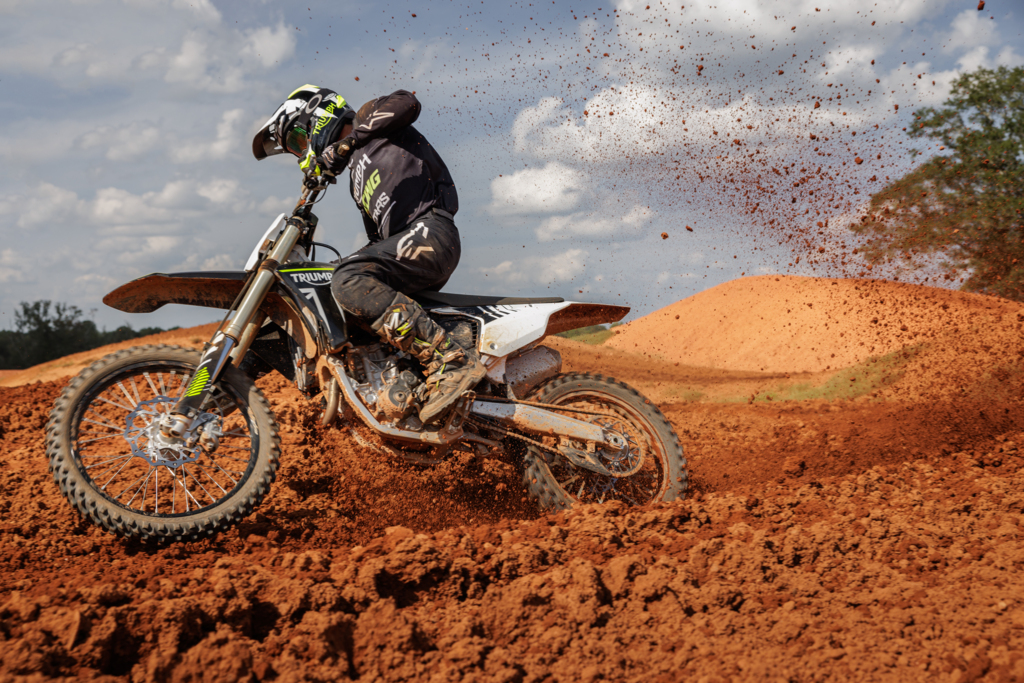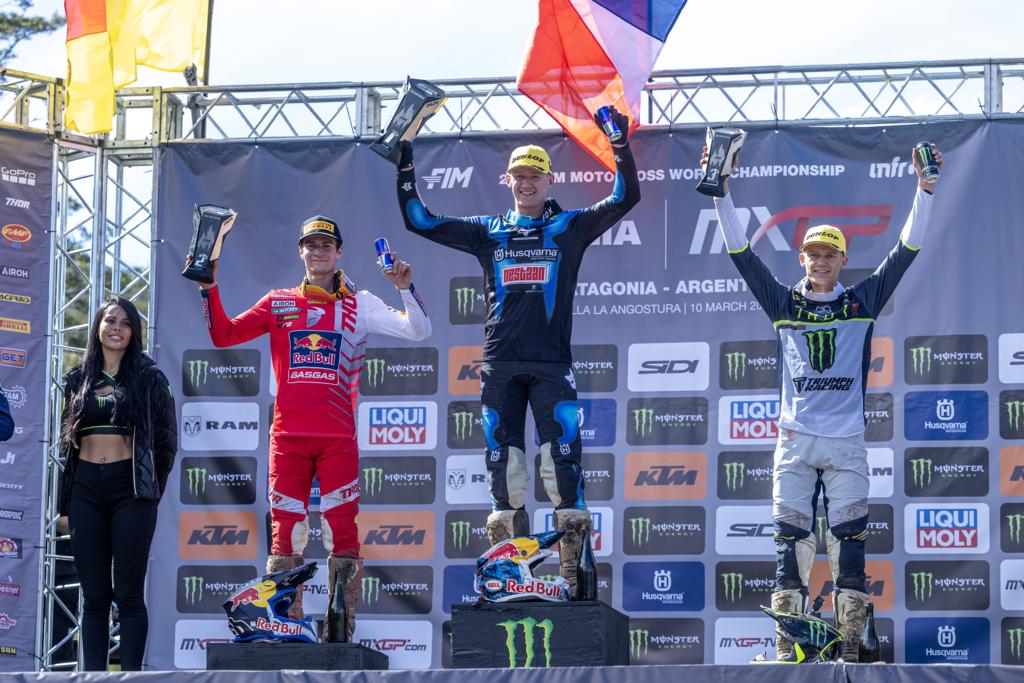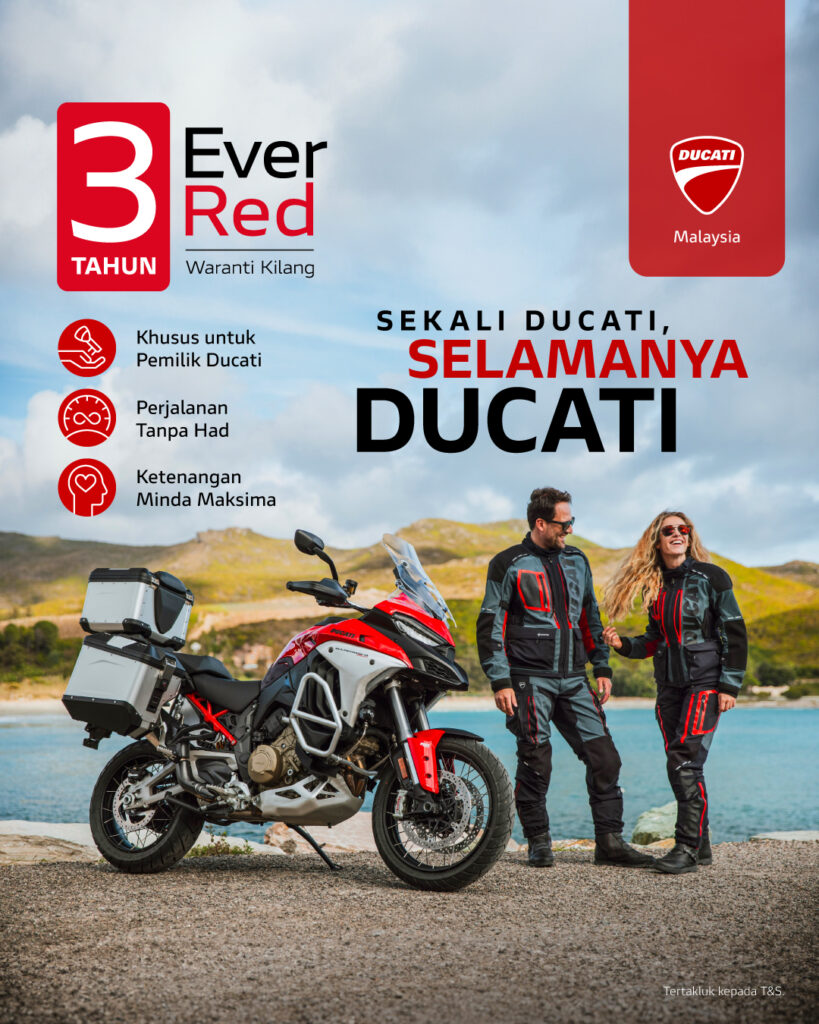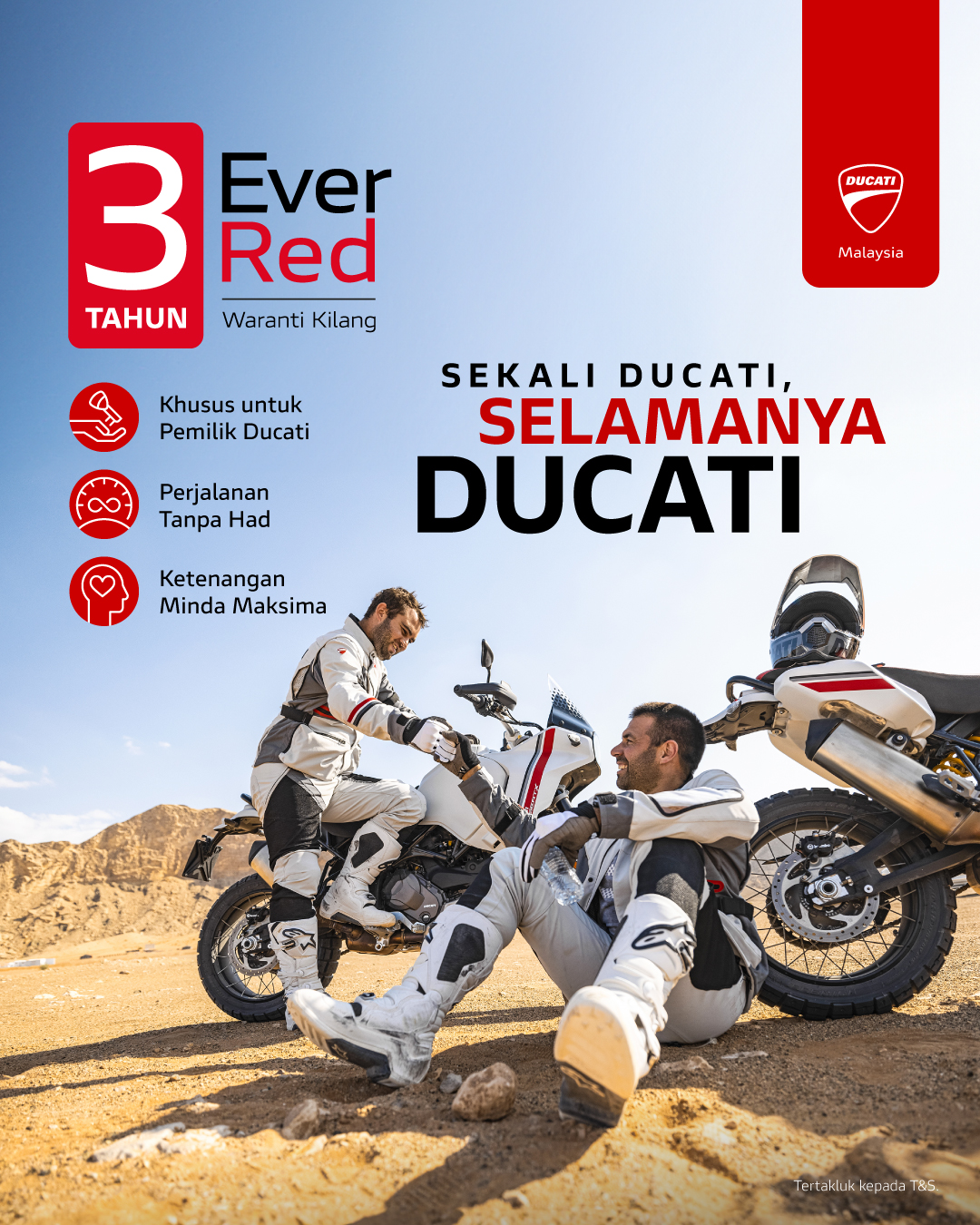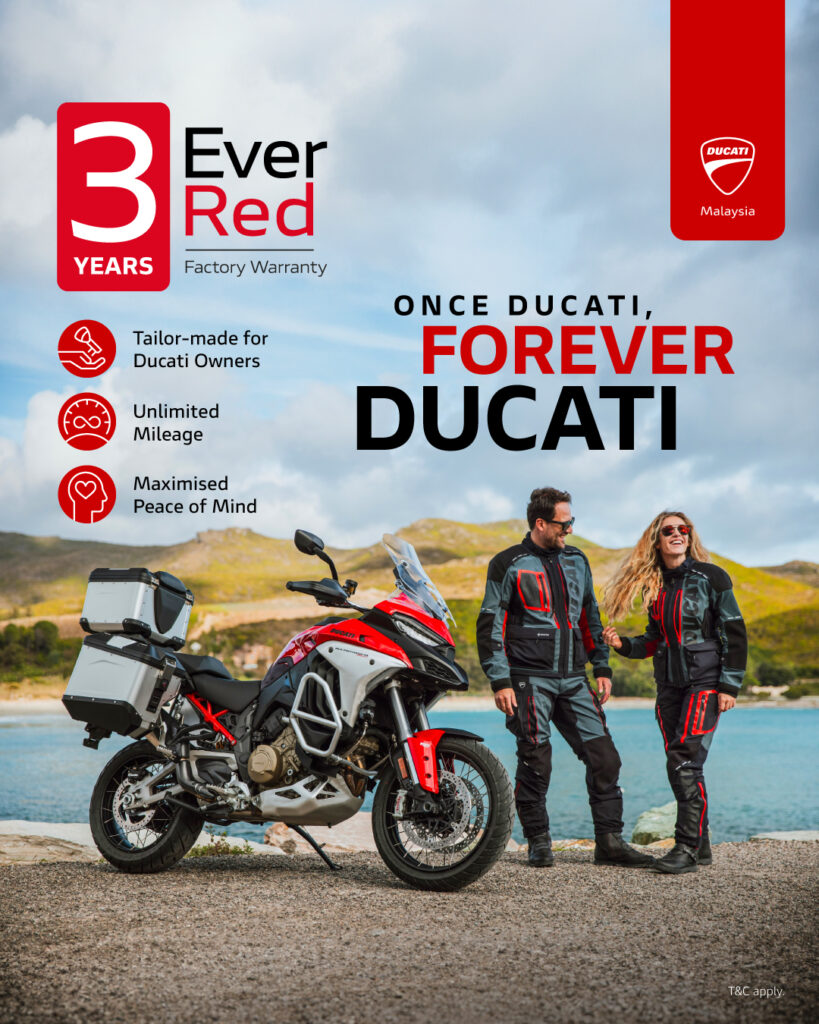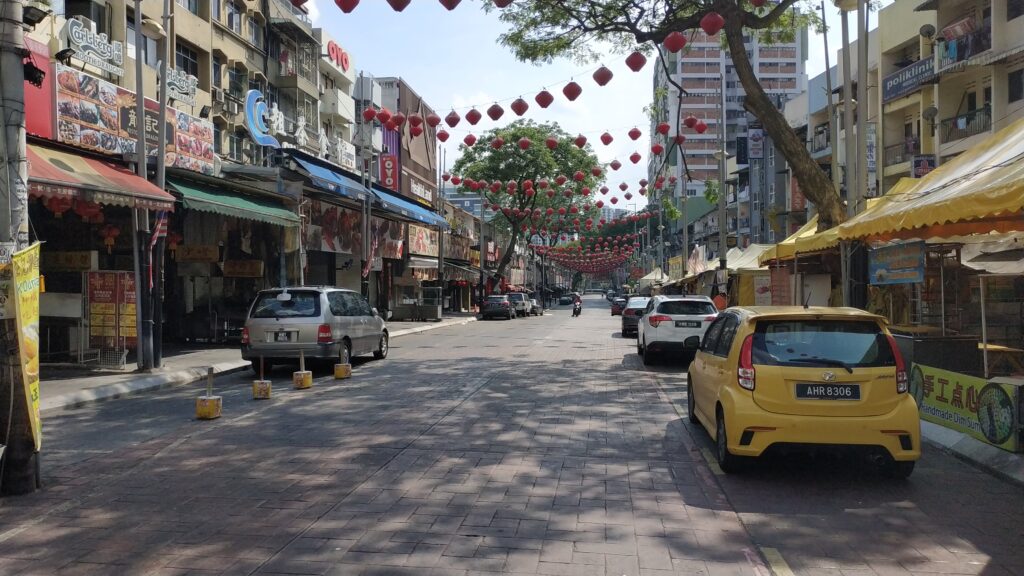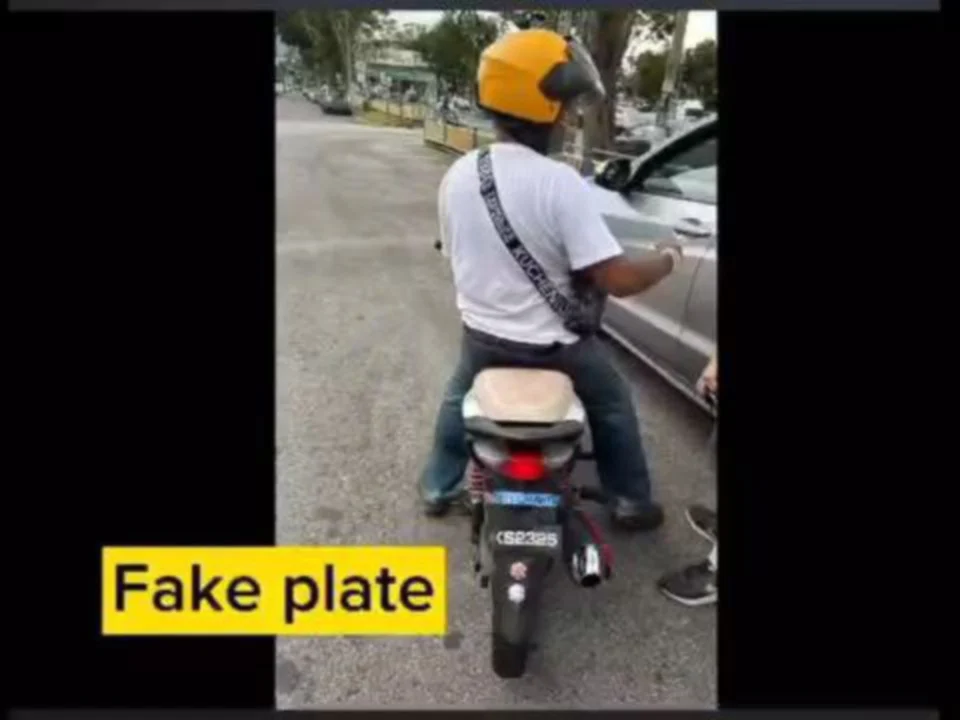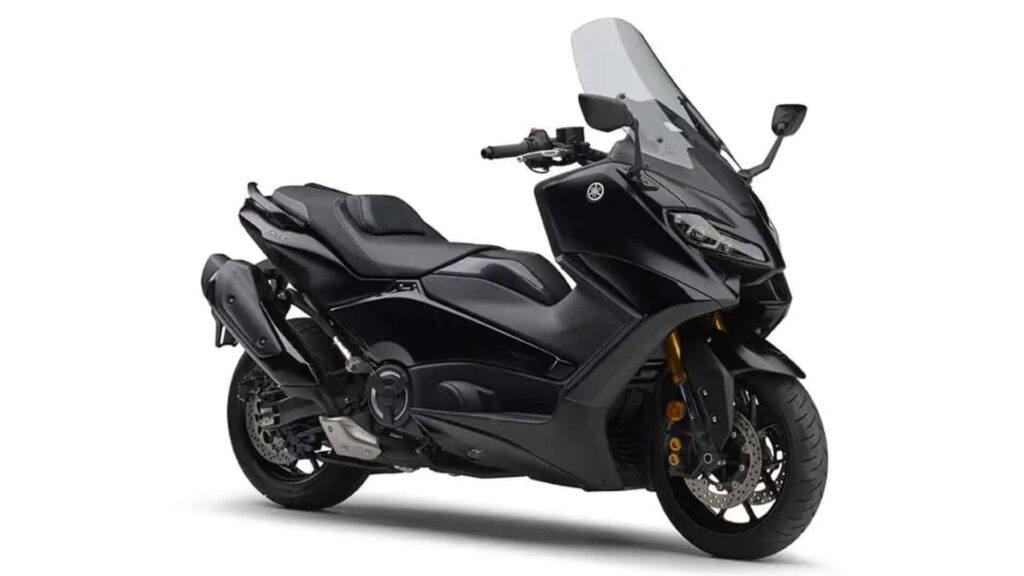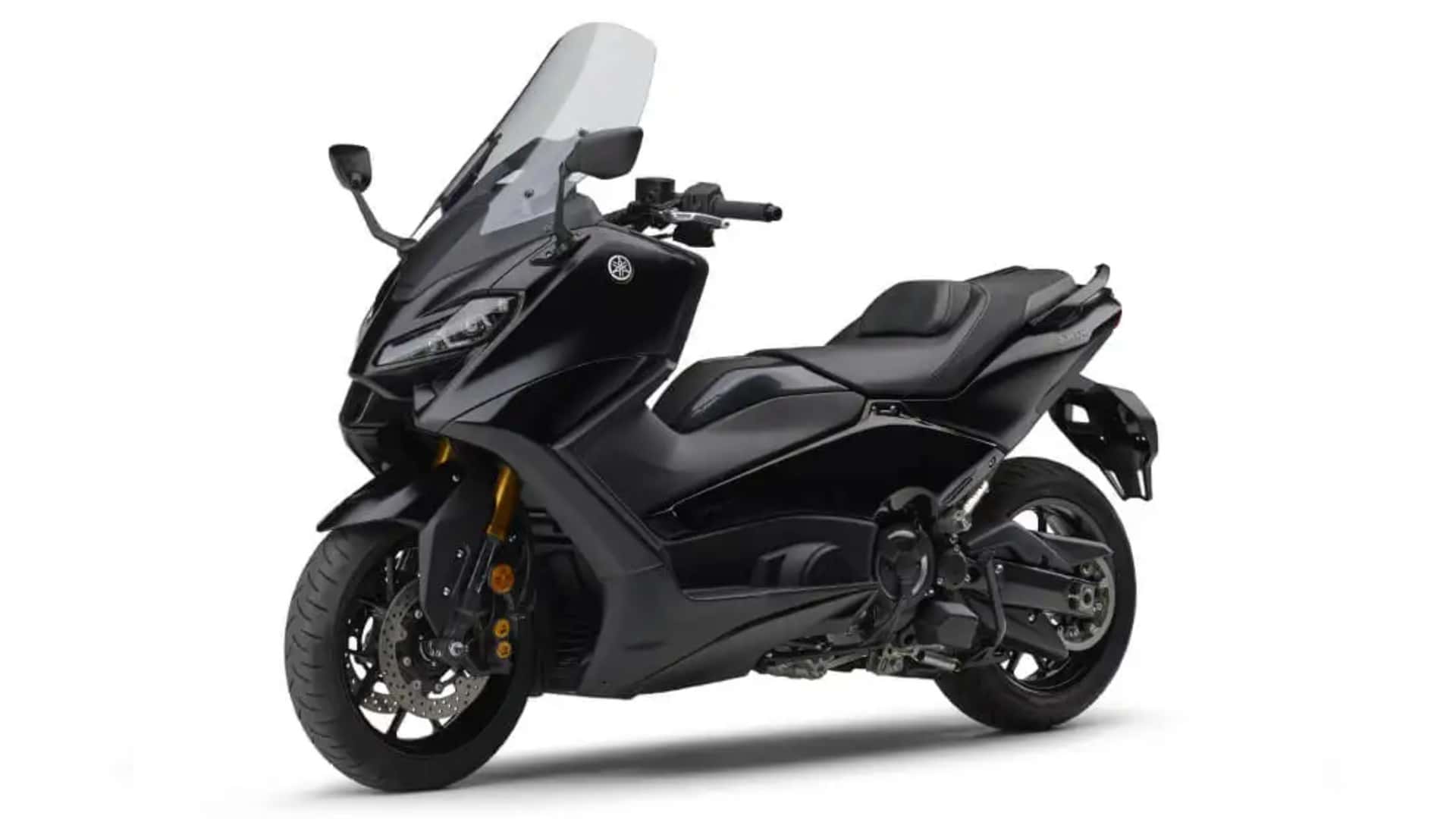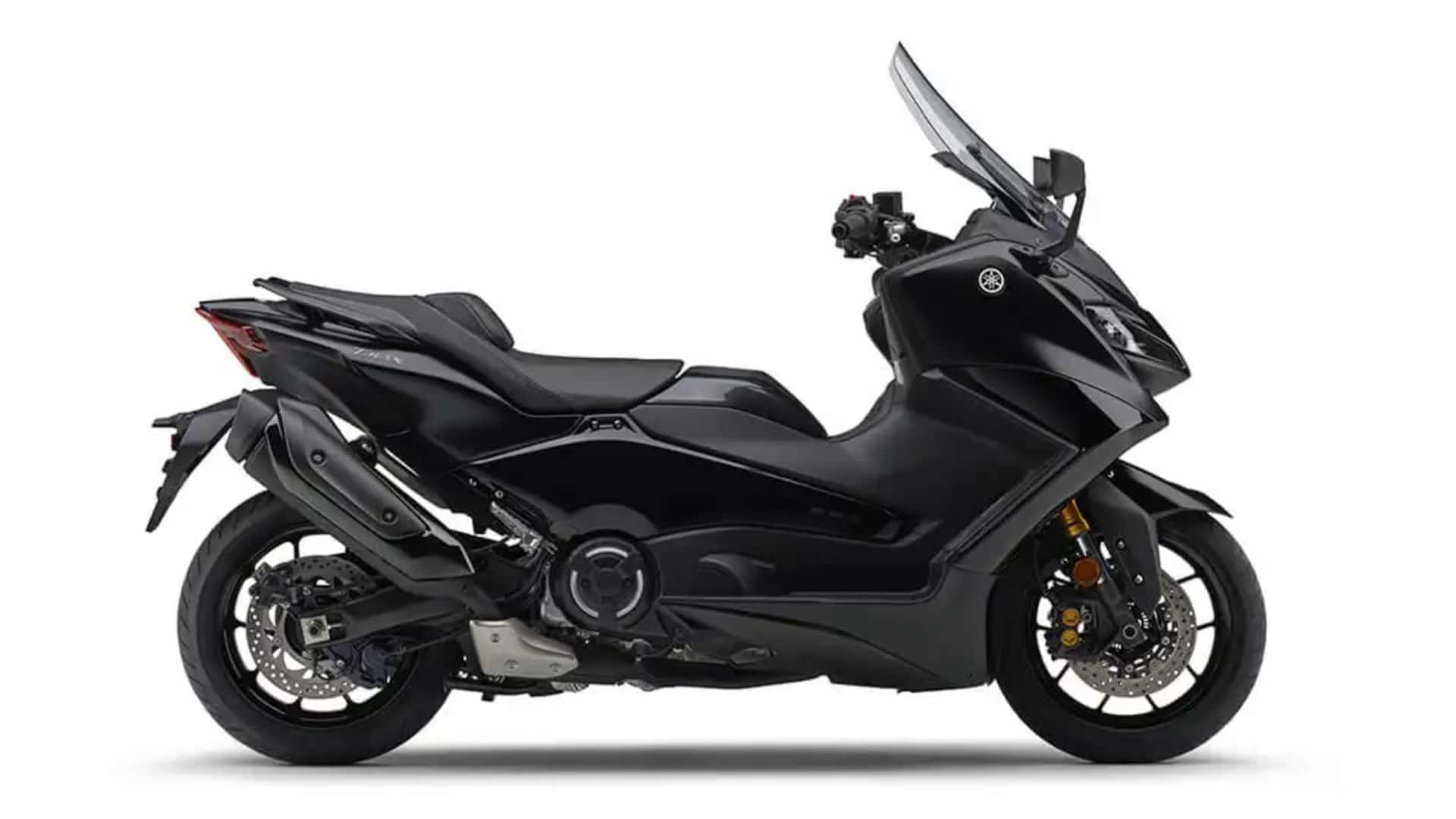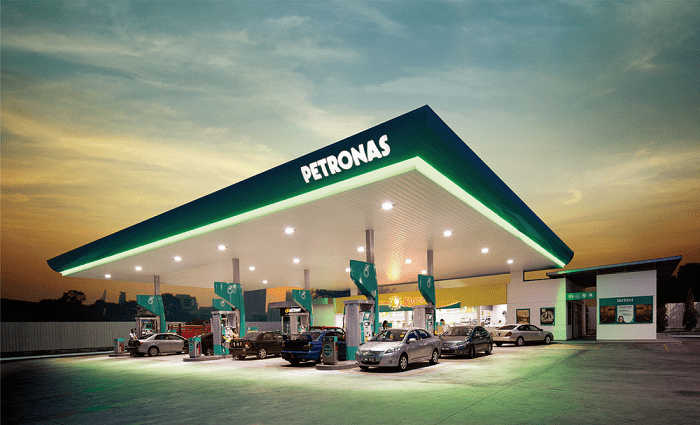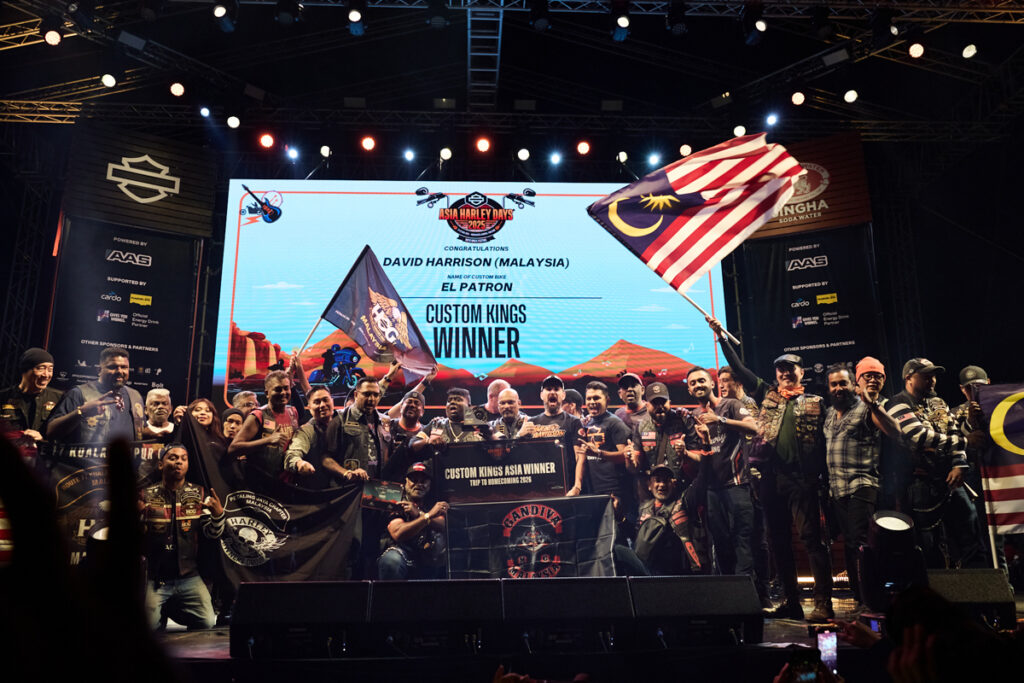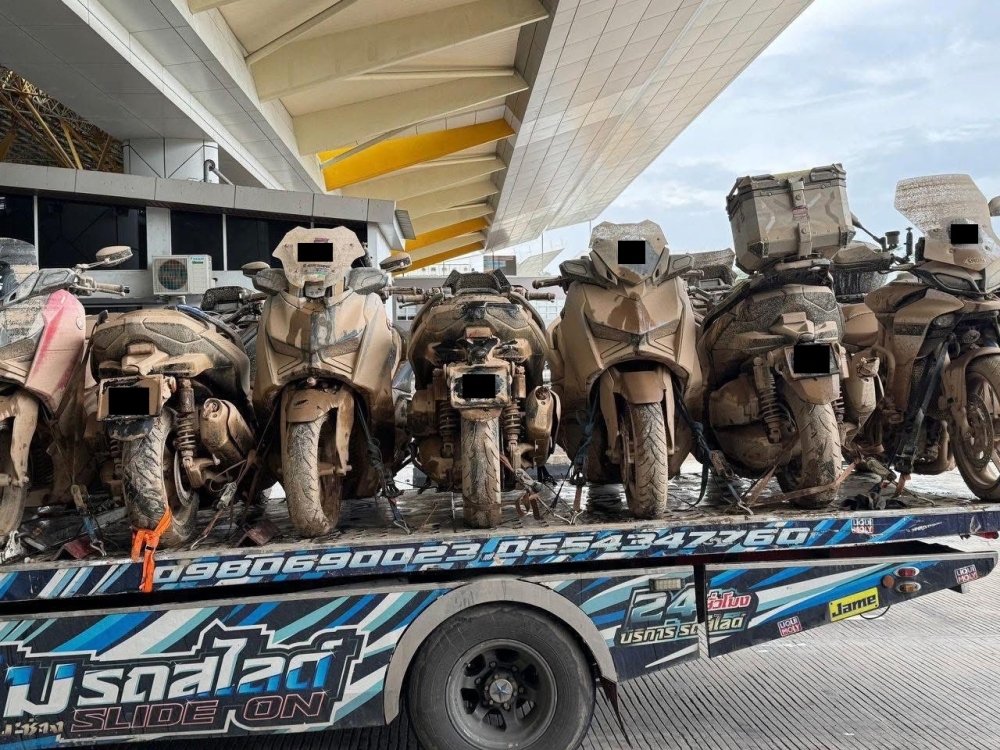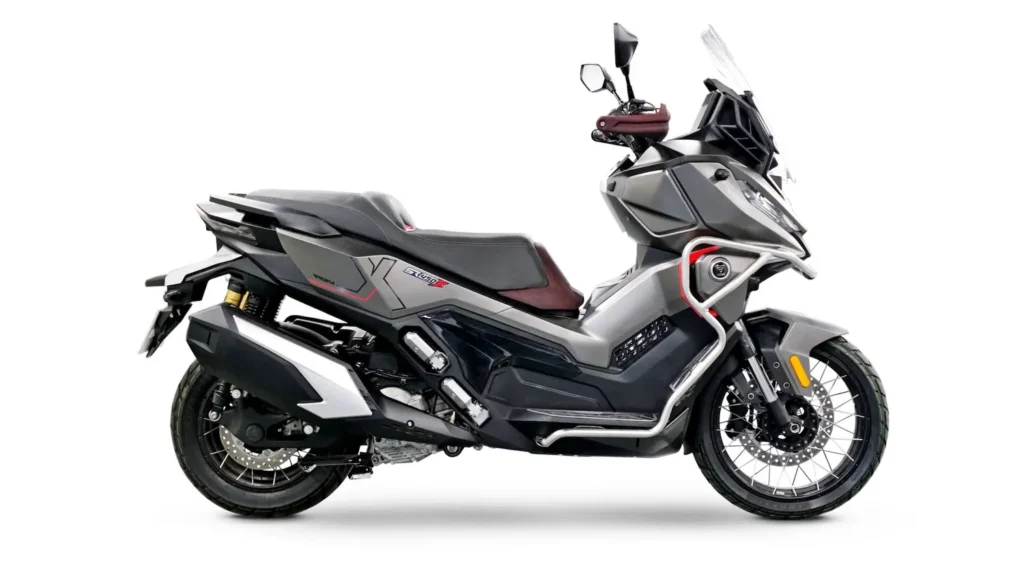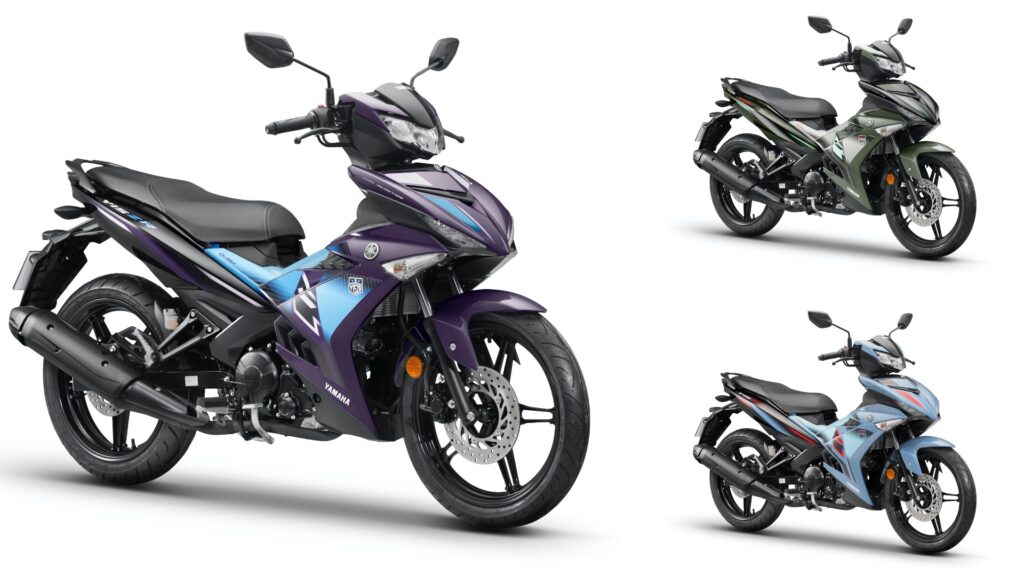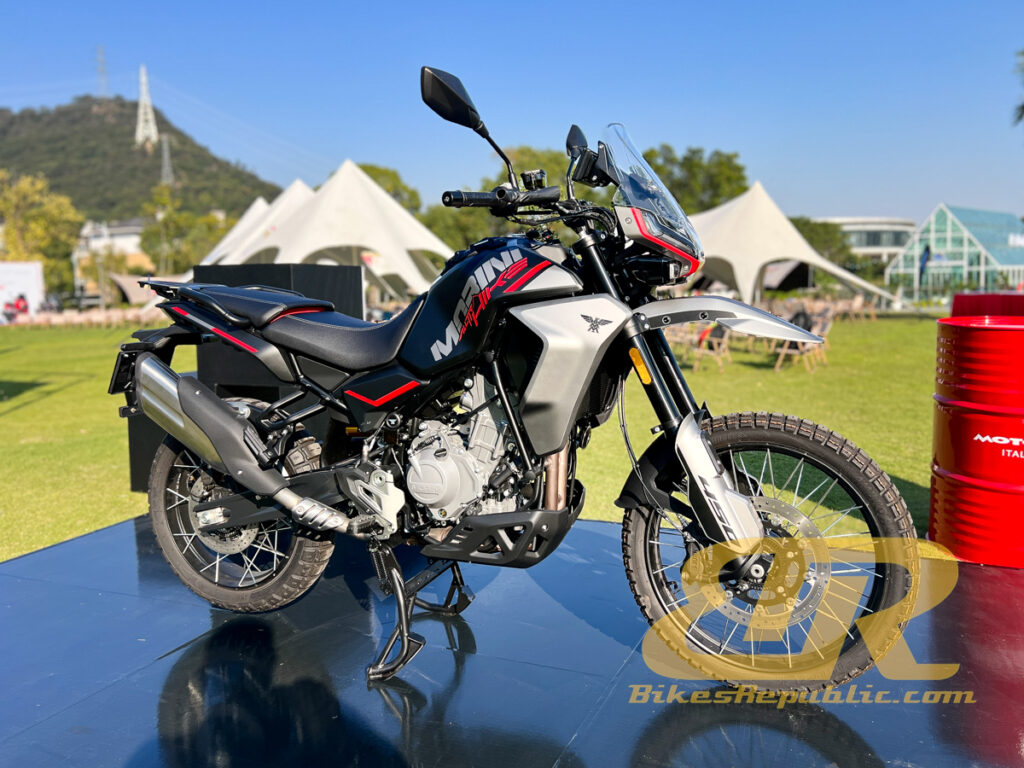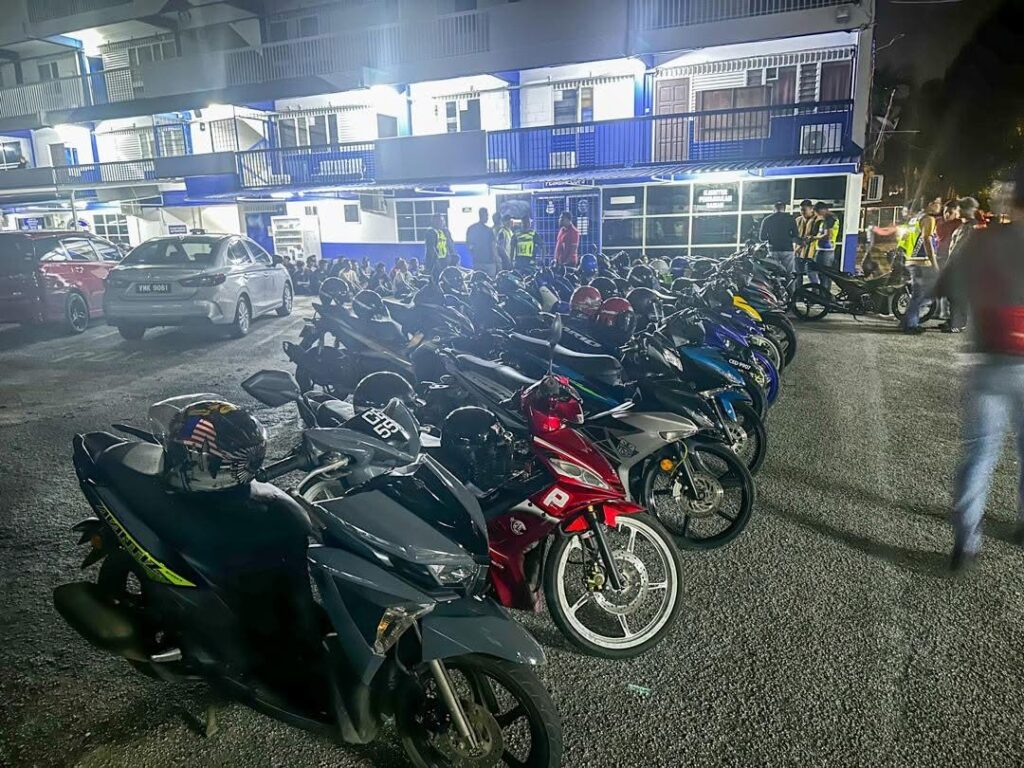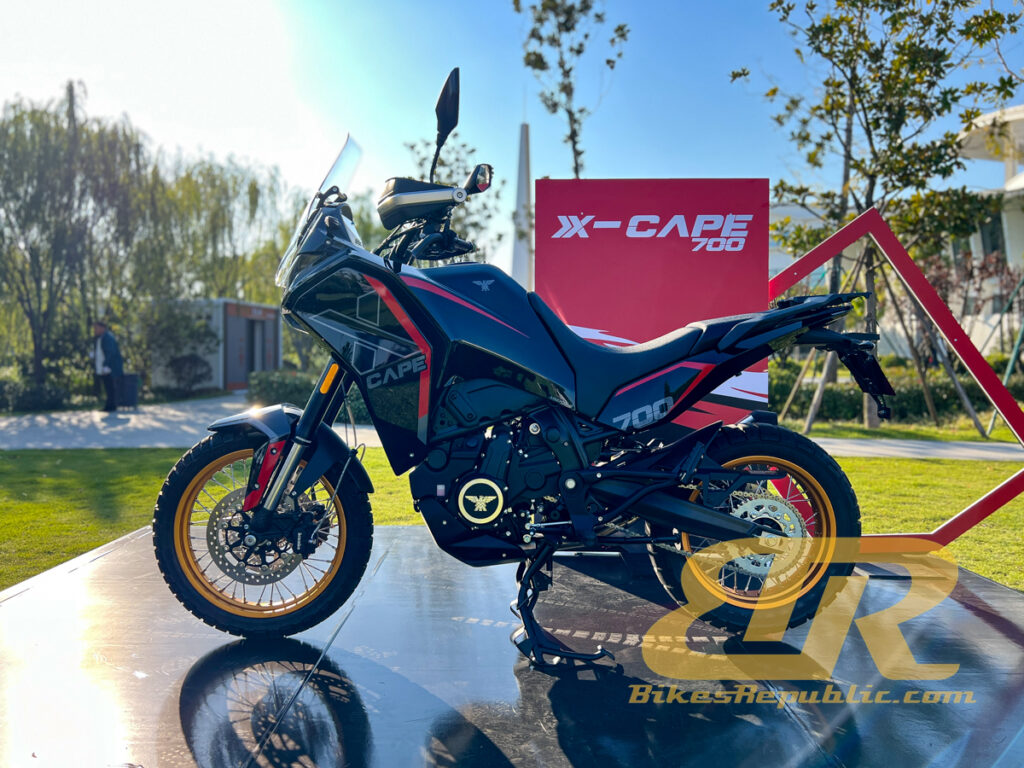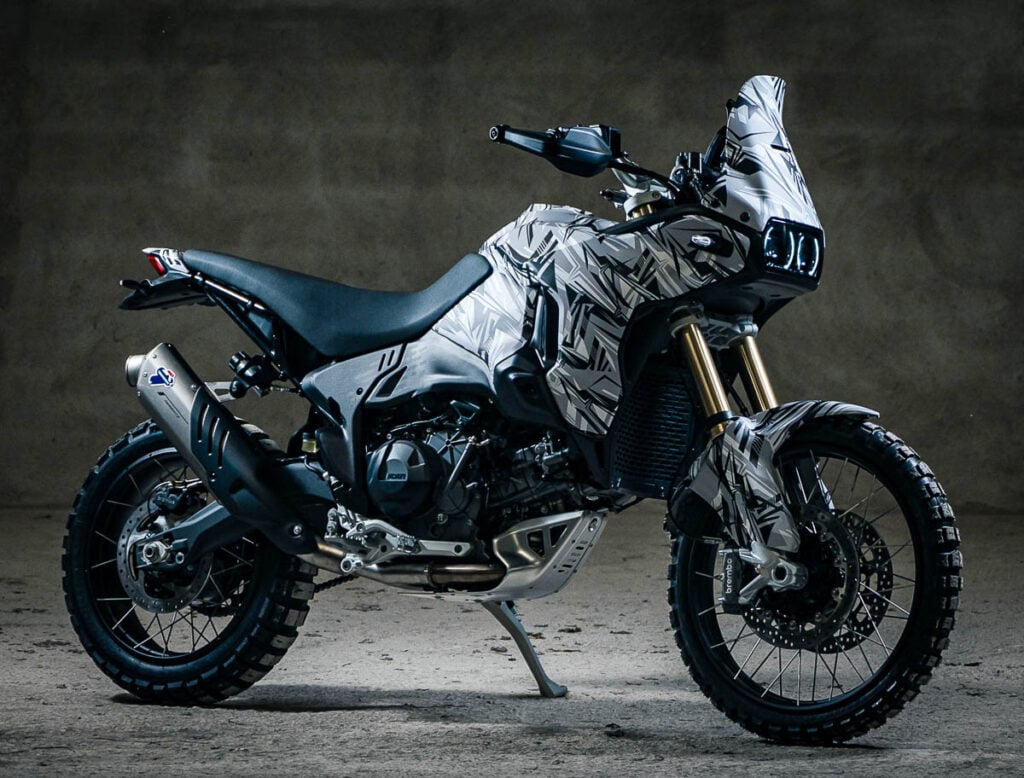The new and highly awaited debut of the Triumph TF 250-X achieves an immediate podium in MXGP.
Rider Mikkel Haarup rode to a 5th place finish in Moto 1 (race 1) and 2nd in Moto2 (race 2) for a 3rd place overall in the MX2 class of the Argentinian MXGP.
Both Triumph riders had achieved podium finished in the preseason races, but those races were considered shakedown and warmup races, rather than the real thing.
Haarup made had two crashes during the Qualifying Race which put him 19th place for the start. The Dane rebounded during the two races on Sunday and even led the race in Moto 2.
Haarup said post-race: “Yeah, it’s been a really amazing start to the season! A podium is perfect and a great way to start the year for myself, and Monster Energy Triumph Racing.
“My qualifying race was not so good, but I knew that I had the speed to run in the top three today.
“All through the off-season we have been building and building and what we’ve achieved today is the result of a lot of hard work by everyone involved. I felt comfortable on the bike all weekend and that was really important on a tricky track like this. Today we’ve shown what this bike is capable of and overall, I’m really happy with my performance.”
Haarup’s Triumph teammate Camden McLellan took 11th and 6th-placed finishes to finish 9th overall in his first World Championship race as a factory rider. He said: “That’s the weekend wrapped up in Argentina and it’s safe to say that there were a lot of nerves and a lot of excitement all weekend.
Needless to say, this achievement is important for Triumph as they venture into another segment which they had no prior experience. Very few manufacturers could claim such a dream debut, what more in this age where the margins of performance are so small.
The Triumph TF 250-X is already on sale, from USD 9,995.00 (RM 46,776.60) in several markets.

